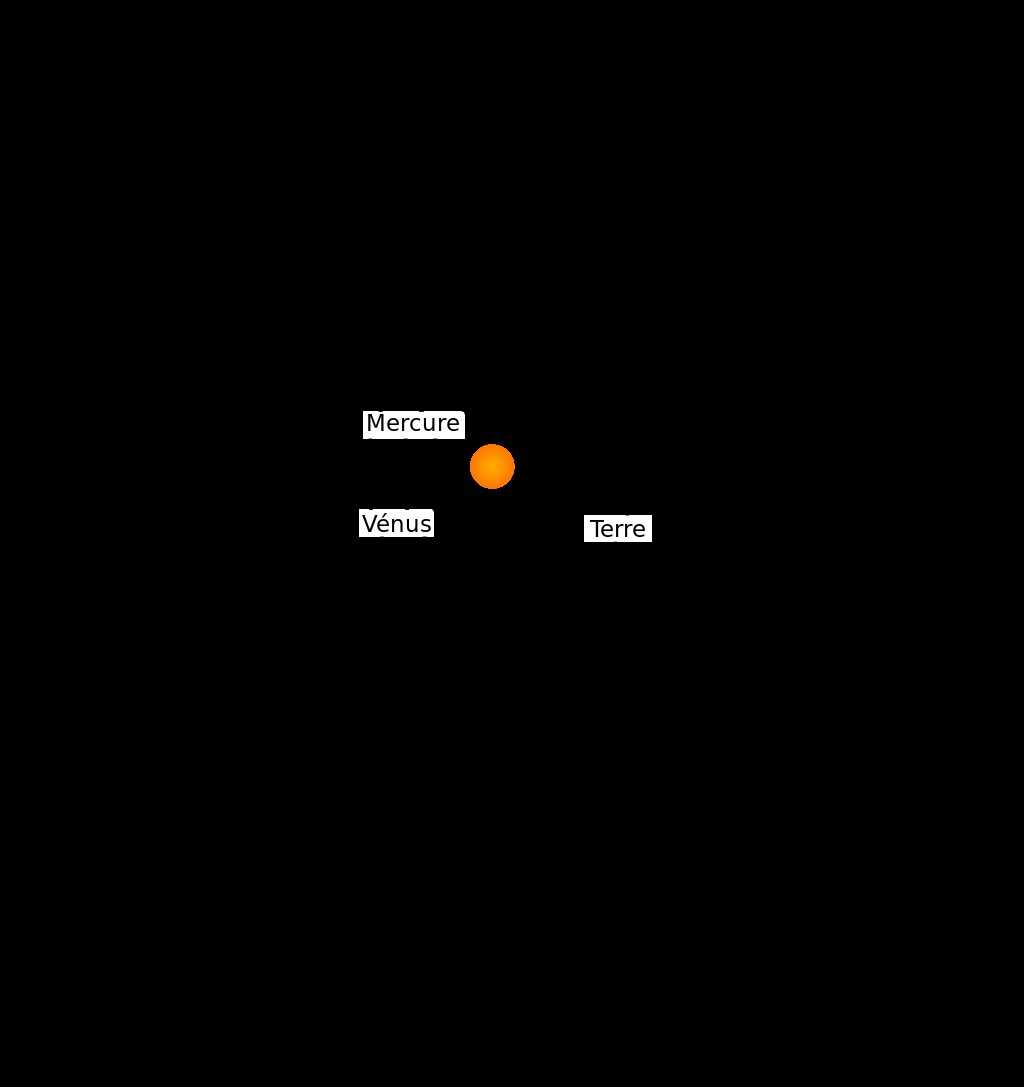Less than a year after their successful insertion into Mars orbit, the United Arab Emirates is now aiming for another target:the asteroid belt. It is currently unknown which objects will be targeted, but it would be a big step for this still "new" space nation.
In February 2021, the United Arab Emirates (UAE) Space Agency marked its history by successfully inserting itself into orbit around Mars as part of its first interplanetary mission .
The probe, still on site, aims to complete our knowledge of the Martian weather system. Specifically, Hope is the very first weather satellite operating in a high elliptical orbit around the Red Planet. This altitude, between 20,000 and 43,000 kilometers, allows it to characterize the global weather system of the planet throughout the day, which was impossible before.
The United Arab Emirates, which is now evolving in the "big leagues" of aerospace, intends to continue its progress with a new objective. Last October, the country would have set its sights on the asteroid belt , located between the orbits of Mars and Jupiter.
Like Hope, this mission will be designed to meet specific scientific objectives, but also to diversify the economy of this country traditionally based on oil according to Space. com.
The objective would be to launch a new probe in 2028 based on the achievements of the Hope mission. The model of the vessel will therefore be substantially the same. That said, this probe will need better thermal protection to survive a pass past Venus on its way to the belt. It will also need to produce a lot more power to operate with reduced brightness.
For this mission, the team is not focusing on specific rocks. Instead, she develops a route based on her ship and will point out accessible objects along the way.

This new project joins a substantial list of ships invested in the study of asteroids. This interest is justified. This largely unexplored region of space is indeed home to Relics of the Solar System almost unchanged that could allow a better understanding of our history.
NASA and the European Space Agency (ESA) are currently collaborating on the DART mission. This one aims to hit an asteroid next fall. NASA, which has just launched the very first mission to the Trojan asteroids, is also expecting the delivery of samples from a rock called Bennu in 2023. Japan, which has just received its samples taken from the asteroid Ryugu, and the China also plan to launch other missions later in the decade.